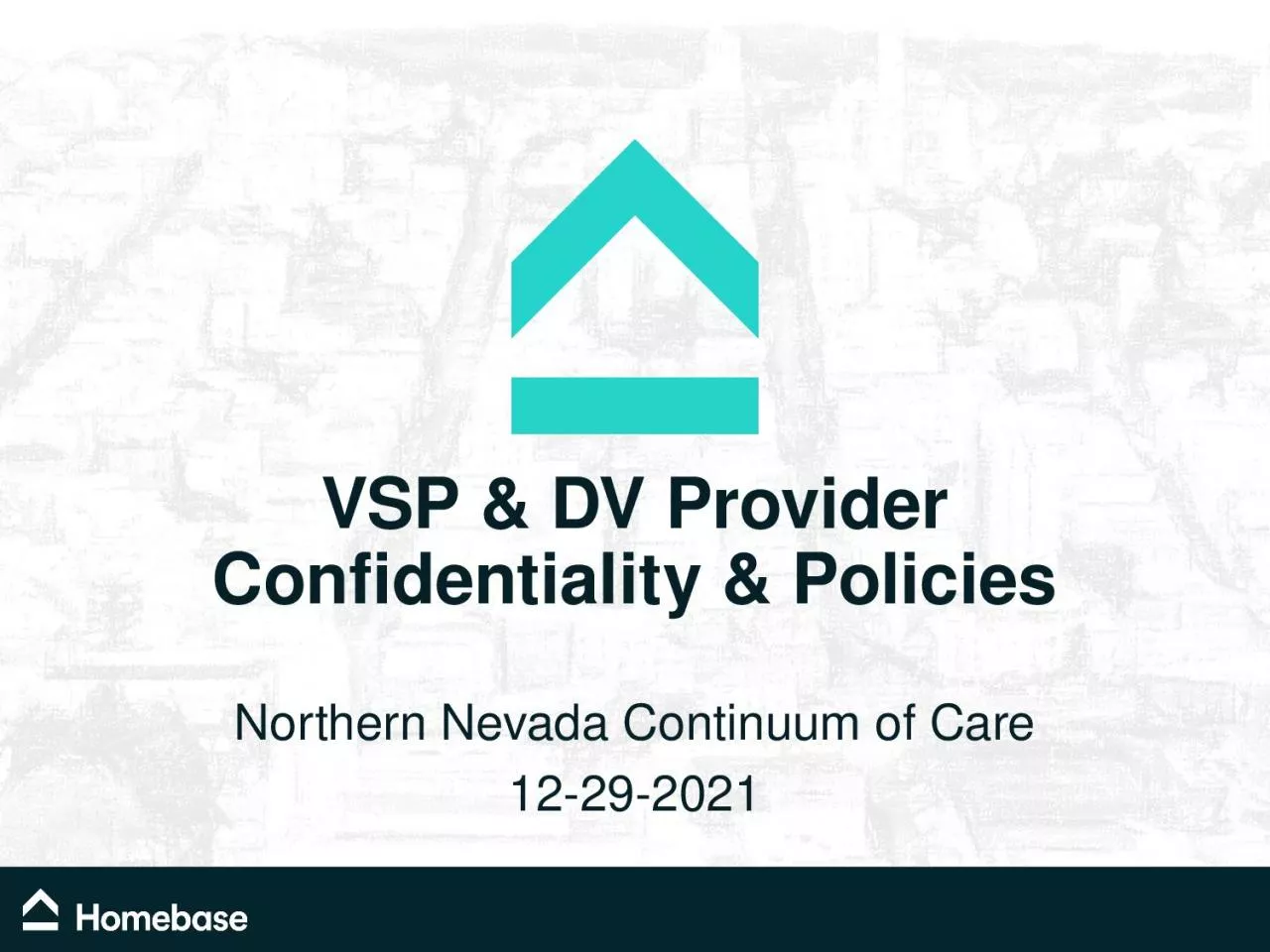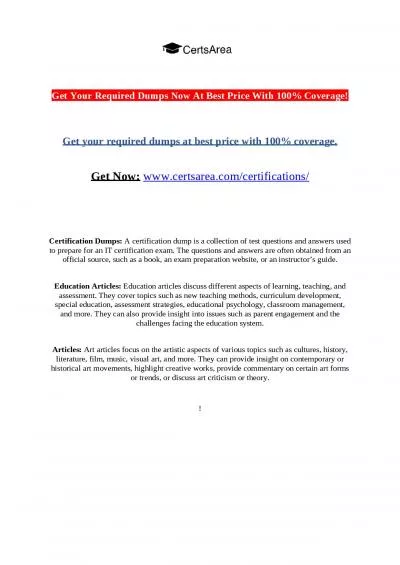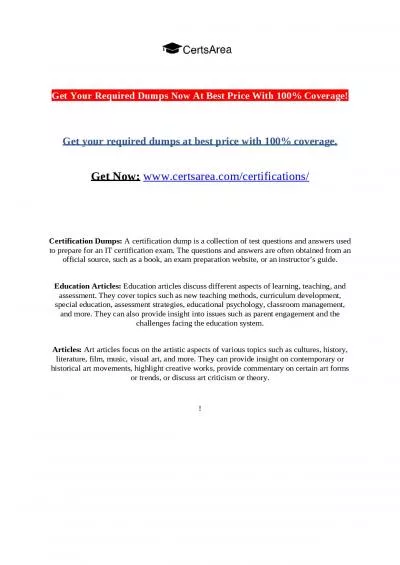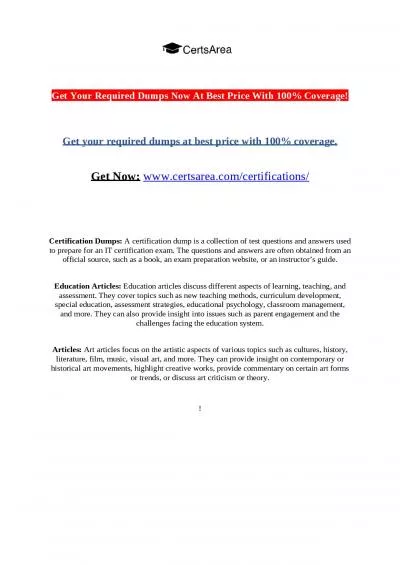PPT-VSP & DV Provider Confidentiality & Policies
Author : lydia | Published Date : 2024-02-16
Northern Nevada Continuum of Care 12292021 Introductions Todays Agenda Why this training New Policies and Procedures New Policies amp Procedures Intake amp Data
Presentation Embed Code
Download Presentation
Download Presentation The PPT/PDF document "VSP & DV Provider Confidentiality &a..." is the property of its rightful owner. Permission is granted to download and print the materials on this website for personal, non-commercial use only, and to display it on your personal computer provided you do not modify the materials and that you retain all copyright notices contained in the materials. By downloading content from our website, you accept the terms of this agreement.
VSP & DV Provider Confidentiality & Policies: Transcript
Download Rules Of Document
"VSP & DV Provider Confidentiality & Policies"The content belongs to its owner. You may download and print it for personal use, without modification, and keep all copyright notices. By downloading, you agree to these terms.
Related Documents














